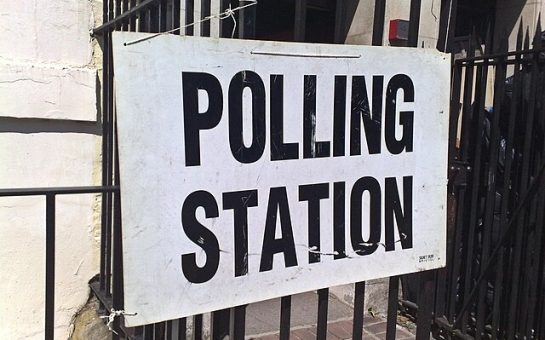Donald Trump’s Presidential win wasn’t the only Republican victory last night. The party also gained control of the Senate and they’re predicted to win the House of Representatives too, meaning they’d control all of Congress. That’s a big deal.
But just what is the Senate? What’s Congress? What’s the House of Representatives?
We’re here to explain what Congress is, what it does, why it’s so important, and why Republican control is just as big of a deal as Trump getting re-elected.
What is Congress?
Congress is one of the three branches of the US government and, like Parliament in the UK, it’s made of two ‘chambers’ that create laws. The UK has the House of Commons, the US has the House of Representatives; the UK has the House of Lords, the US has the Senate.
The House of Representatives – the ‘lower chamber’ – is made of 435 elected officials, who debate and draft legislation, or ‘bills’, before sending it up to the Senate – the ‘upper chamber’ – to vote on. If a majority of Senators vote in favour of the bill the House of Representatives has given them, then it becomes a law.
Each US state, no matter how big or small, gets exactly two Senators – 100 in total. But the number of Representatives a state has is based on its size. Larger states like California get 52, but smaller ones like Delaware only get one. Members of the House of Representatives are elected every two years, while Senators get elected every six years.
So what does a President do?
In theory, the President only has the power to enforce the laws that Congress gives them. But what the President can do, especially if their party holds a majority in Congress, is rally Representatives and Senators to create laws based on their campaign promises. The President formally recommends legislation to Congress each January during the ‘State of the Union’ address.
A Democrat President with a Republican majority Congress has a lot less power. Obama had this problem in the last two years of his second term when the midterm elections overturned years of congressional Democrat rule. But a Republican President with a Republican majority Congress has no such problems.
What has changed and what could this mean?
A core pillar of the US constitution is the idea of checks and balances; that all bodies in power – the legislative (Congress), the executive (the President and their cabinet) and the judicial (Supreme Court) – can hold each other to account so no one part of the government has all the power, and all can be held accountable for their actions.
However, Republicans have secured a Senate majority, and are predicted to win the House of Representatives too. And, although they’re supposed to remain apolitical, three of the nine sitting Supreme Court Justices were appointed by Trump in his last term, and others on the bench have tacitly shown support for the January 6th insurrection.
With Trump as President, this means two out of three of the main institutions of power, the legislative and the executive, are controlled by the Republican Party. It also means that the third branch of power is heavily biased towards him.
This is not to say that the legislative won’t hold the President to account: they still have the power to reject legislation and are free to act independently of the executive. Remember, not all the Republicans who are in the Senate will support Trump – with the campaign group Republicans Against Trump in opposition to the President-elect.
There is also not a substantial majority projected for Republicans in the House or the Senate, so if these party members choose to rebel, there could be political deadlock, making it difficult to pass any legislation at all.
But this is important to consider when taking into account that Trump now also has the power to appoint more judges to the Supreme Court.
Two of the current sitting judges are fast approaching retirement age which could leave space for Trump to appoint at least two more judges to the court before his sitting term is over.
In his last term as President, Trump appointed Amy Coney Barrett – who played a part in the overturning of the Roe vs Wade ruling which guaranteed women’s rights to abortion.
Presidential appointments to the court tend to align with the judge’s political beliefs – if the judge rules more conservatively, a Republican candidate may be more likely to appoint them. These appointments could have an impact on court rulings for years to come and could solidify Trump’s legacy for years to come after he leaves office.
The Republican Party has proved the dominant power in this election and we will see how the governmental power will affect Trump’s term as President.
Featured Image: via Wikimedia Commons




